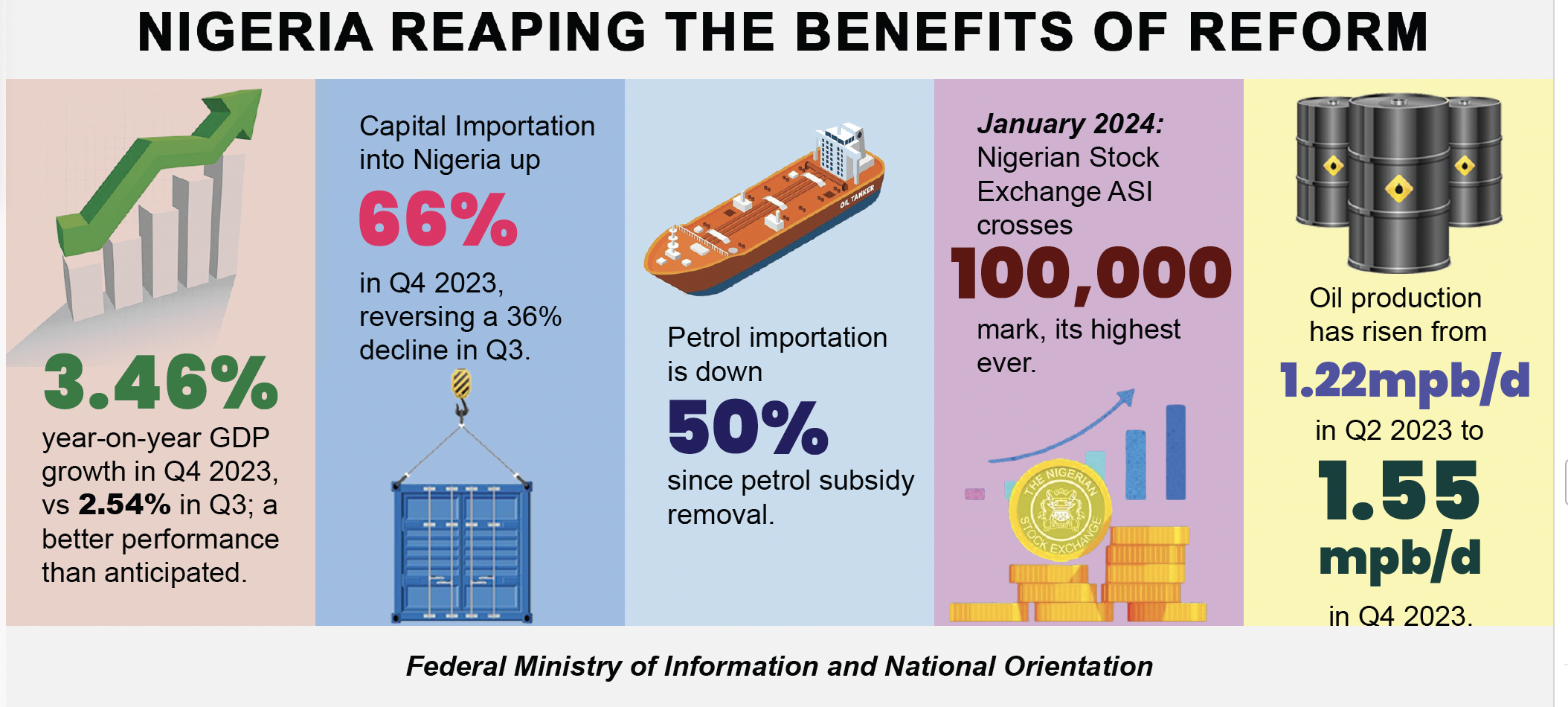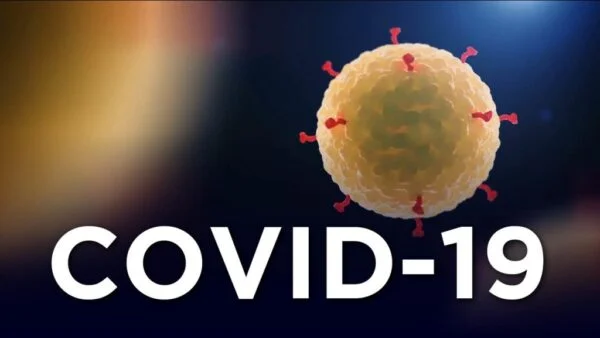As the world continues to battle the novel coronavirus with its devastating impact on humanity, several aspects of the pandemic deserves critical attention. One of such being the influence of statistics on the adoption of preventive measures.
Every day our news space is filled with stories about the COVID-19 pandemic. Several newspapers devote their front pages in print and home pages in digital formats to present details about global statistics on COVID-19 infections, recoveries and death. Other issues related to the pandemic are also carried into the inner pages with different newspapers reporting the pandemic from different angles. The World Health Organisation and several other bodies also do the same, while the Nigeria Centre for Disease Control has been largely focused on providing local situation reports on its various communication platforms.
The statistics look grim, to the ordinary person. But are they truly helping us? This is a question I believe should be at the heart of concerted efforts towards halting the growing spread of the disease in Nigeria. Are we getting the message meant to be communicated by the statistics of fatalities and those who tested positive from the infection? Do such figures communicate in a way to help shift human behaviour that will help mitigate the deepening of the curve and create a flattening?
If the current statistics are not communicating, is it because specialists have neglected using it to pass the message on prevention, believing that it should be ordinarily scary enough to cause man to pause and ponder, and then take a right step in helping himself, his family and his community? I use the term man in its generic sense here.

Definitely there are still questions about what works best in the unfolding circumstances of the COVID-19. And for communication specialists seeing the way people trooped out on the first day government relaxed the lockdown rules, seeing how people abandoned every guideline on physical distancing and for public health experts, looking at the graphs and seeing the exponential increase in community infections and seeing the current scenario of interactions, there is need to worry, and ask the questions about whether releasing statistics of infection and fatality daily has helped the fight against the pandemic.
Releasing the figures, in line with current WHO protocols, was meant to help transparency and guide policy on movements to check transmission, since it becomes easy to spot epicentres and deploy men and materials to such locations. Thus the policy has helped in better management of scare resources to fight the virus. It was also, presumably, meant to create a reality of the pandemic in the hearts of people and nudge them towards safe practices.
But while the earlier objectives of transparency and policy guide have been achieved, the equally critical one of helping prevention seems not yet accomplished. Probably because comparatively, both the figures for fatalities and infections are still far removed from several people.
On May 4, 2020, Jeremy Faust and Megan Ranney (https://slate.com/technology/2020/05/coronavirus-reopening-math.html), writing to push against hasty reopening of the USA economy, gave an explanation as to how and why the fatalities and its figures still seem very remote to the average American, a nation that has become the global epicenter of the disease, and why many people were eager to reopen. Their discourse is very instructive:
SARS-CoV-2 has now infected more than 1 million Americans. Last week, we surpassed 60,000 deaths from COVID-19, the disease that this virus causes in some, but not all, people. And yet, paradoxically it would seem, unless you live in a hot zone, you probably do not know many people who have had it. You may even believe that not a single one of your personal contacts has had the virus.
How can this be? The answer is that we have reached a mathematical moment where such an incongruence between perception and reality is both entirely expected and exceedingly dangerous if poorly understood. Right now, the number of active cases is large enough to pose a substantial and catastrophic threat to public safety and yet small enough that it does not feel that way at all to the average person.
It would take more than half a million deaths in the United States before, on average, every American personally knows a single person who died of the disease. We can’t wait that long.
Currently, the virus is known to have infected around one in 329 Americans… Meanwhile, most people know 600 people or so. As of 2019, the average Facebook user in the United States had 338 friends. This might suggest that most people should know someone who has it, but that’s not quite true—we know the virus is concentrated in certain places, as are many people’s social circles. We’re at the level of infection where everyone could know someone, but that doesn’t mean they will.
The number of deaths makes the problem feel even more remote. Approximately one out of 5,800 Americans has died of COVID-19. If you know 600 people, that means that on average, someone that you know might themselves know one person who has died. That’s two degrees of separation between you and a single COVID-19 death. The toll of COVID-19 won’t feel real to most Americans outside of hot zones until death counts are at least double of what they are today. It would take more than half a million deaths in the United States before, on average, every American personally knows a single person who died of the disease. We can’t wait that long.
Without an understanding of the math around the risk of exposure, and without the perception that this crisis has truly hit home, it’s perfectly understandable that people are tired of sheltering in place and want to reopen their economies.
If gold rusts….
Back home in Nigeria, if one were to apply this mathematical model, then in reality only a tiny fraction of Nigerians would have felt the impact of the disease as at May 9, 2020 when the NCDC gave a figure of 3,912 active infections, 679 recoveries and 117 fatalities, in a country with a population estimated at well over 200 million.
Thus the reality in many communities, or better still, to many individuals, may be that the disease is not real… If it were real, what would you do? Individuals will take precise steps in protecting themselves. Those we see today using protective mechanisms of physical distancing and wearing face masks, if not compelled, are doing so because they see the virus as an enemy that must not be allowed to come near them. The several others we see not using these mechanisms represent the opposite: they have not yet been convinced of the need to prevent against enemy attack; they are like men seeing a windstorm from afar and believing it will not reach their homestead. I think for instance this might have been responsible for the tragedy in Kano, and which is now replicating in many other states in the northern axis. Applying the Health Belief Model on the surface level to the Nigerian scenario, one can argue that Perceived Threat was absent or where available not very strong to motivate individuals into action, Perceived Benefits were not known or not well stated and therefore not very accepted, Perceived Barriers were many, including the stark reality of poverty and a dangerous horde of fake news, and unfortunately the messaging approach did not immediately provide Cue to Action especially in languages and channels that reach the largest number of people. There were therefore no Motivating Factors and Self Efficacy is not enhanced.
Review the Messaging… creating Communication around communities
At this stage it is necessary to develop messages for the two categories of people. A message reinforcing commitment to doing what is right targeted at those already practicing safe mechanisms, and another message targeted at the obstinate individuals.
And for the latter category I think the messaging should change from what currently obtains. The current communication is not speaking with the figures available. If as some claim the figures are scary, why has it not led to attitudinal change? From the study referenced above, the figures may not after all be as scary as is believed because they are still far removed from many people. The question then is; how do we bring it to people without their having to experience it through the death or infection of someone who is close to them?
There is need to create communication operations around communities. At a recent webinar on the pandemic I had advocated the use of “community ambassadors” who will be empowered to provide appropriate information to fight the Infodemic associated with the pandemic. I offered the suggestion because just like Professor Adebayo Fayoyin and Mr Akin Jimoh have observed in their latest intervention on tackling the COVID-19 infodemic in Africa, the communication about COVID-19 has been largely elitist; in language use, image use, channel choice etc. and remains so even with the recent introduction of messages in some ethnic languages by the NCDC.
But this still misses the point, which is that at the level of community transmission, we need to look at community based strategies for solution. Not necessarily because the term ‘community’ in the two instances have the same meaning but really because communities as we know them ordinarily need to come into the bigger picture of the fight against the virus. On some social media platforms at the initial break of the pandemic in Nigeria, I had people who shared how their communities were responding to the situation, some of them providing hand sanitisers, some providing hand washing posts at the entrance to their communities.
Unfortunately, these are elite, gated communities where the population is not dense. We need to look at the densely populated areas and see how their community systems can be used to help the situation. In dealing with the challenge of Mother-to-Child Transmission of the Human immune virus (HIV) which is an aspect of a pandemic, UNICEF introduced community engagement and empowerment, using SMAT citizens. These are Social Mobilisation Action Teams made up of men and women who hold opinion leadership in their respective communities and who could be trusted to deliver the correct message focused on correcting myths and misinformation on transmission, treatment and cure of the disease, practically the same issues we face with the COVID-19 pandemic.
Although they vary, both HIV and COVID-19 are behavioural diseases; both have to do with what we do with ourselves. It will therefore be more effective if we bring communication down to community level. We should train community SMATs to deal with the education and enforcement of prevention rules. The only barrier here will be the availability of such community platform in many urban and rural settings. Community based associations will be the best to use because they are smaller and with identifiable leadership. Where there are no such associations government should encourage their creations… if only for a time like this, or another time that is yet to come but which may be like this or worse than this.
If not, the stats will take a long time to talk and by that time, it would have become a greater tragedy.
. Solomon Abiodun Oyeleye, PhD, is on the Mass Communication Faculty at Caleb University, Imota, Lagos State. He has interest in public health communication and Journalism. He can be reached on solomon.oyeleye@calebuniversity.edu.ng.


